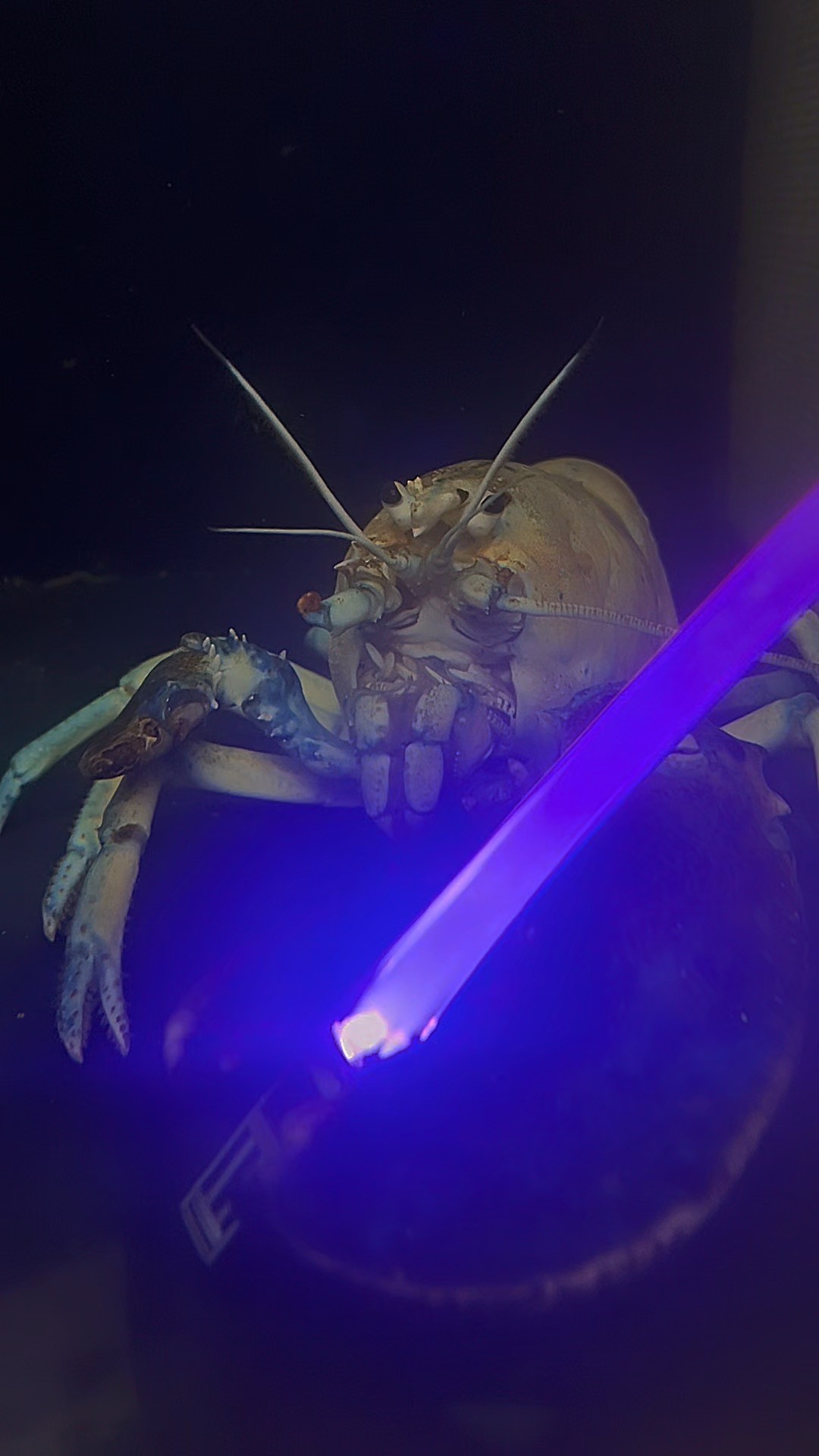- Lobsters with lightsabers showcase creative animal enrichment techniques.
- Lobster anatomy, particularly claw functionality, is essential for their survival.
- Enrichment in zoology promotes natural behaviors and mental stimulation for captive species.
- Using playful items like lightsaber chopsticks can aid in conservation awareness and education.
- Human fascination with lobsters and fictional elements can enhance engagement in wildlife conservation.
Lobsters with lightsabers offer a unique glimpse into the innovative world of animal enrichment, providing a platform for enhancing animal welfare and public education. Enrichment in zoology goes beyond basic care, using creativity to engage animals physically and mentally. Providing lobsters with chopstick lightsabers is not merely entertaining; it offers critical insights into their behavior and anatomy, while fostering public interest in conservation.
Lobsters, fascinating creatures found in marine environments, have a complex anatomy crucial to their survival. Their two primary claws, known as the crusher and cutter, are highly specialized tools used for feeding and defense. The crusher claw, larger and stronger, is utilized to break tougher shells and manipulate solid objects. The cutter claw, smaller and sharper, aids in tearing and holding prey. Understanding these anatomical features helps us appreciate how lobsters utilize their environment and tools, even humorous ones like lightsabers, for experimentation and adaptation.
Animal enrichment seeks to replicate natural scenarios and stimulate natural behaviors. For lobsters, receiving lightsaber-themed chopsticks triggers curiosity and playfulness, mirroring their natural interactions with underwater elements. These enrichment activities have a profound influence on how they engage with their surroundings, offering both physical exercise and cognitive development. Such approaches challenge lobsters to explore and wield their formidable claws, promoting their well-being in managed care settings.
Besides benefiting the lobsters, this practice holds significant educational value. Using pop culture references like lightsabers connects wider audiences to marine life, sparking an interest in lobsters as a species worth caring about. This engagement plays a crucial role in advancing wildlife conservation as it raises awareness about marine ecosystem challenges. The fun factor serves as a bridge between human curiosity and ecological responsibility.
Human fascination with amalgamating fiction and reality through initiatives like these can further conservation efforts. By drawing people into the quirky concept of dueling lobsters, they become more inclined to support conservation programs and marine research. Lobsters become ambassadors for the ocean, reinforcing the importance of preserving marine habitats and biodiversity.
Through the creative use of lightsaber chopsticks, we learn about the dynamic nature of enrichment, the intricacies of lobster anatomy, and the power of engaging storytelling in conservation. This approach not only entertains but also nurtures a sense of connection between humans and the underwater world, emphasizing that even the most imaginative concepts can inspire meaningful outcomes for our planet’s wildlife.
*****
Source Description
Something you didn’t know you needed to see: Lobsters with lightsabers! 🦞💫
Lobsters use their claws to grab and manipulate objects, including food and, apparently, chopstick lightsabers.
As a form of enrichment, we gave a few of our lobsters something new to explore and hold, encouraging natural behaviors through playful interaction. Lobsters have two specialized claws: the crusher claw, used for smashing shells, and the cutter claw, designed for tearing and holding. These powerful pincers are essential for eating, defense, and even (lightsaber?) duels with other lobsters.
May the force be with them this


